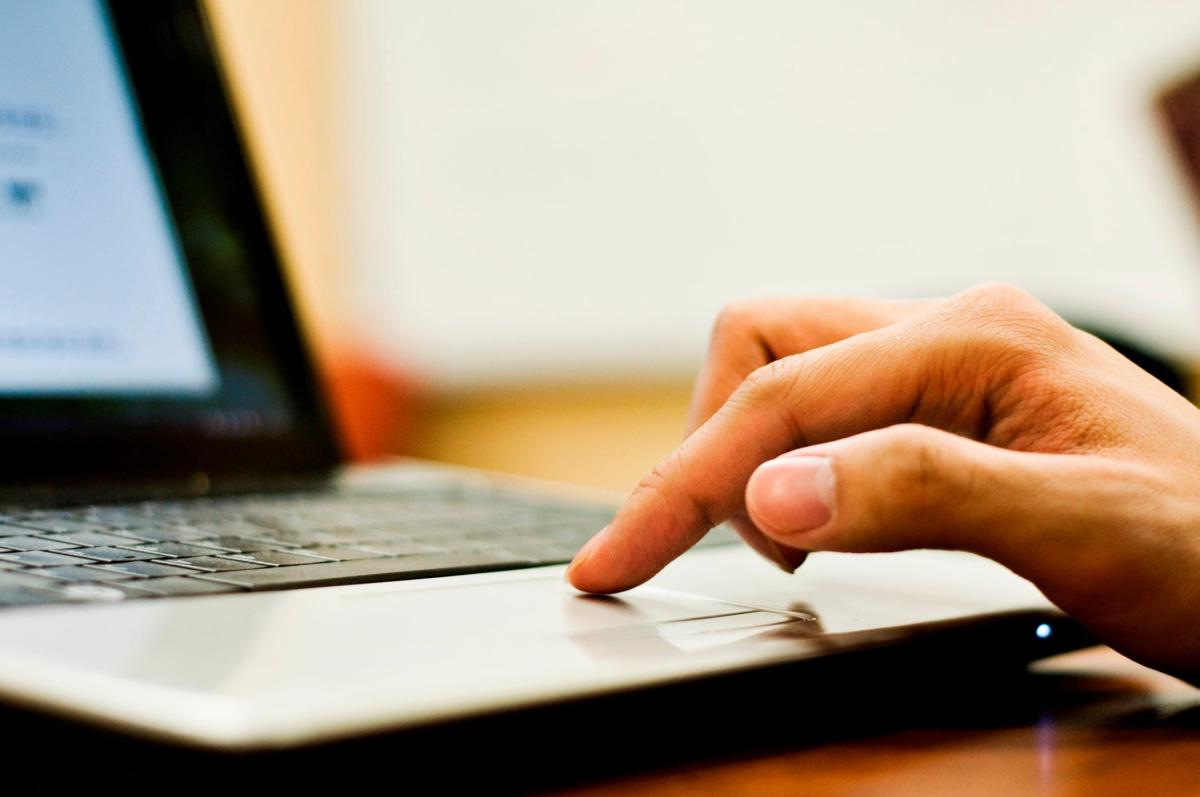[ad_1]
“Troubleshooting Your Unresponsive Computer: What to Do When Your System is Unresponsive”
Q: My computer becomes unresponsive from time to time which is frustrating. Why is this happening and what can I do about it?
A: Few things are as frustrating as waiting for your computer to respond to your keystrokes or mouse clicks, but when that happens, don’t put up with it any longer.
In some cases, this can be a sign of nefarious activities that are hogging your computer’s processing power in the background.
Malicious programs do not appear with an icon in your taskbar or give you any indication that they are running, other than interfering with your computer’s normal performance.
The possibilities are numerous, especially if you don’t regularly maintain your computer.
computer
When does Netflix password sharing end?: how much will it cost you what you need to know
Common Windows Errors: How to avoid the 5 most common Windows errors
Linking Apple and Samsung: With Matter, the Apple HomePod 2 speaker aims to connect to devices no matter who makes them
Start with a reboot
The first step in your troubleshooting approach should be to restart your computer, which will clear the RAM of everything it’s dealing with and replenish resources for your operating system.
If your computer’s responsiveness improves after a restart, you may be asking too much of your computer. The main memory, better known as RAM (Random Access Memory), is most likely to be overwhelmed.
If you tend to open dozens of tabs in your web browser, each one eats away at your memory, so try a “tab diet” to see if things work out better. If that’s the case, adding more RAM (if possible) could be an upgrade that will allow your computer to keep up with your appetite.
If restarting your computer doesn’t improve performance, the situation is more serious.
disk space
Another quick check should be to see how much free space is available on your hard drive. Your computer uses free disk space to supplement your RAM, so your computer’s performance suffers when it’s full.
If you’re almost full, consider a larger hard drive based on Solid State Drive (SSD) technology, which offers the fastest performance.
overheating
Heat is your computer’s enemy. So if your computer’s cooling system isn’t working properly, it can lead to unresponsive behavior.
Desktop computers have exhaust vents and fans that need to work properly to avoid overheating.
If you haven’t blown the dust bunnies out of your computer for a while, check your air vents and make sure the processor’s fan is still spinning by removing the cover.
Corruption of the operating system
One of the most common problems we see is some form of corruption in the operating system, which is the foundation that all of your programs rely on to function properly.
Anything from an update gone wrong to an outdated software driver can bring your computer to a halt.
Stop program espionage: Change your computer’s settings to prevent programs from spying on you
hardware error
It is possible that one of the components in your computer has failed or is failing, which requires some technical know-how and spare parts to determine.
Bad sectors on your hard drive, a faulty power supply, a faulty memory stick, or even something plugged into a USB port can be the culprit.
Detecting operating system and hardware problems requires some technical skills. So when the simple tests don’t work, consulting an expert is the quickest way to get things working properly.
Ken Colburn is the founder and CEO of Data Doctors Computer Services, datadoctors.com. Ask technical questions at facebook.com/DataDoctors or on Twitter @TheDataDoc.
This article originally appeared on USA TODAY: Computer not responding to mouse clicks or input? Here’s what to do
[ad_2]
Don’t miss interesting posts on Famousbio
